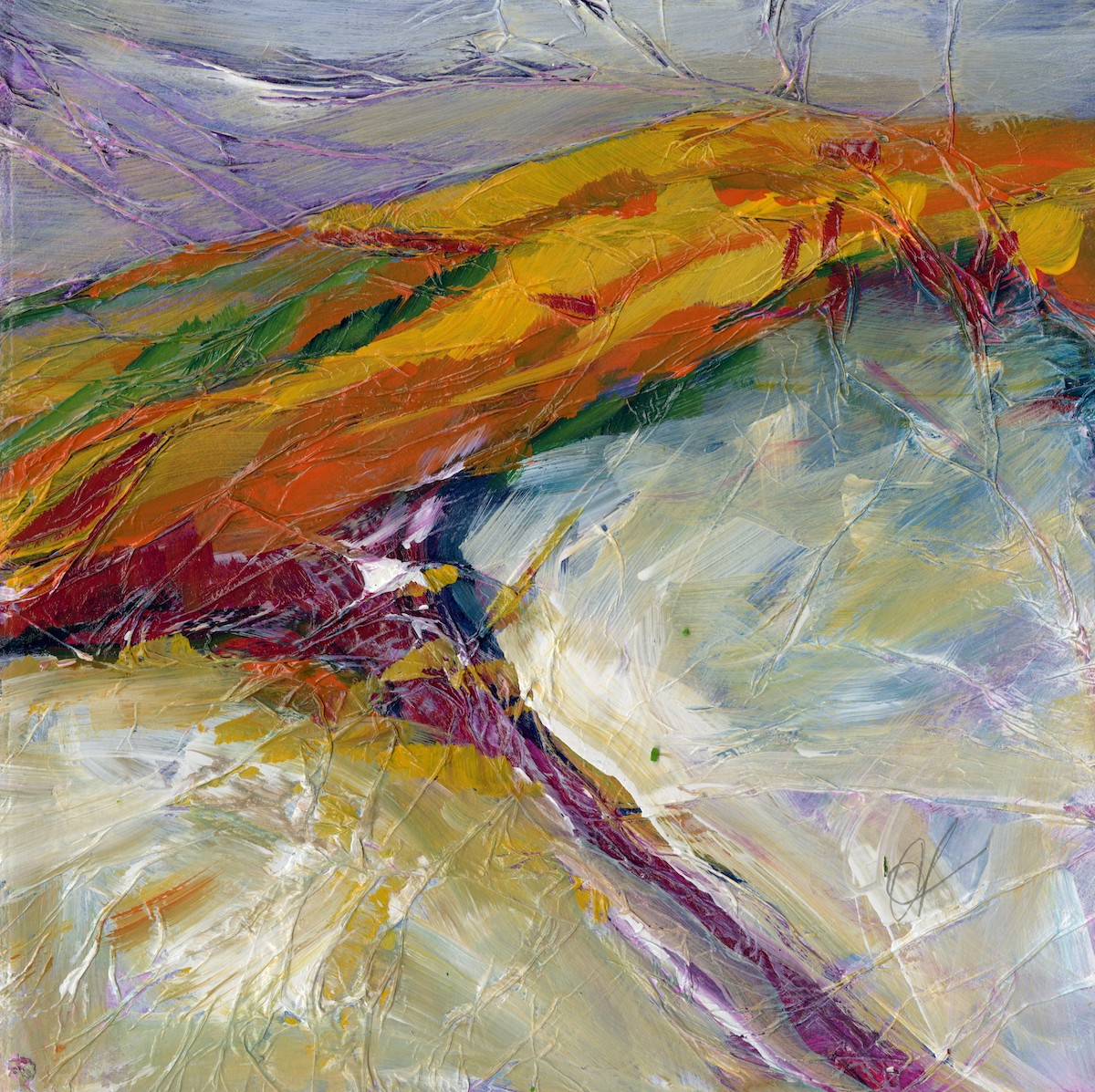Digital Age

Featured image: Rainbow Windows Have we in the digital age forfeited patience and attention to beauty, creative emergence and delight of discovery? I know that when I paint and something emerges from the color, there is a sense of wonder and delight that I experience that is glorious. I am not sure this can happen with digital art. I'm just not sure. Why,? There is the tactical sense of creating that is lost. There is the space of the image maker or craftsman/artist and the space of the app writer. I'm just not sure it can happen.















